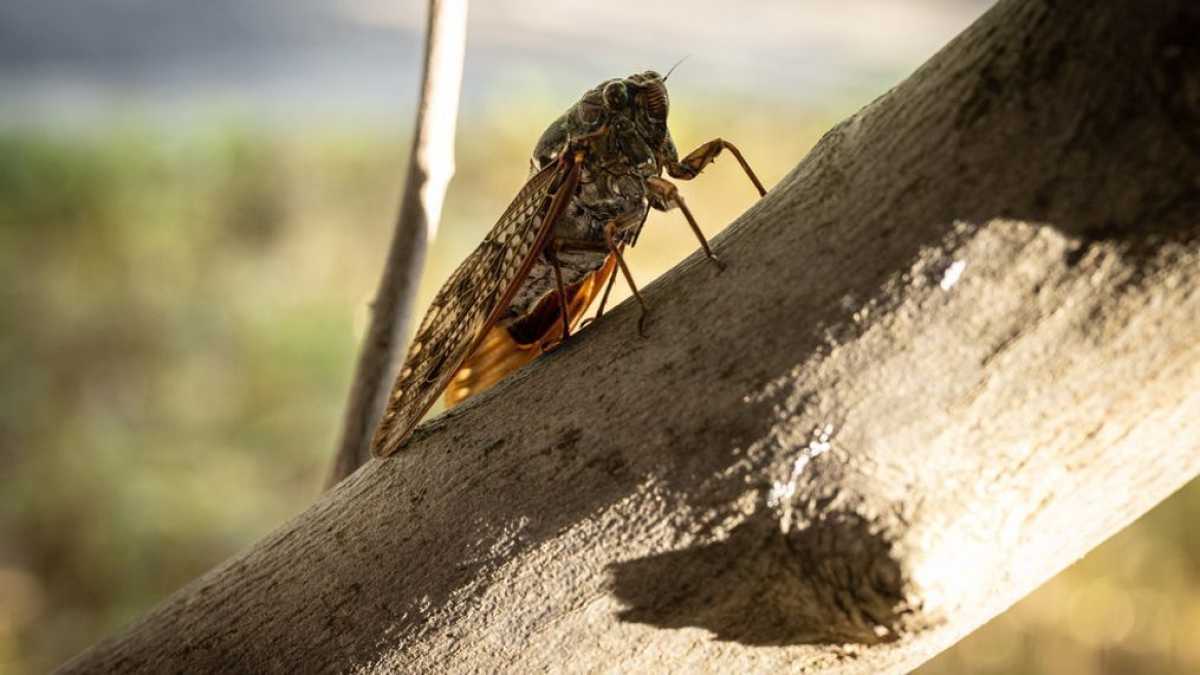Health
Cicadas’ Powerful Urine Streams Set Insect World Record

Billions of cicadas will emerge across Illinois this spring, as well as several other states.
As these red-eyed insects make their appearance, a unique aspect of their biology has come to light – their powerful urine streams. Trilling their distinctive mating calls, these cicadas have now been revealed to possess the strongest urine jet stream of any insect relative to their size.
The cicadas rely on the plant sap they consume, drinking up to 300 times their body weight in fluid each day. What follows is a remarkable process, with the bugs able to spray their urine at an astonishing rate of 10 feet per second.
A recent study conducted by researchers at Harvard University and the National Academy of Sciences USA has shed light on this extraordinary phenomenon. Captured in high-speed videos by experts from Harvard, the unique urination patterns of the cicadas revealed an impressive ability to release jets of urine with remarkable force.
According to reports, while the insects’ urine streams may be potent, cicadas are generally considered harmless to the environment by the Environmental Protection Agency. These creatures do not carry diseases or bite humans. However, saplings and young trees may need protection from cicadas if they are to prevent damage.
This spring will see the emergence of Brood XIII, a significant periodical cicada group, across numerous states including Alabama, Arkansas, Georgia, Illinois, Indiana, Iowa, Louisiana, Michigan, Missouri, Mississippi, North Carolina, Oklahoma, South Carolina, Tennessee, and Virginia. These cicadas, following a 13-year cycle, will last until mid-June, leaving an impact on the ecosystem.
Additionally, another brood known as Brood XIII, which appears every 17 years, will be surfacing in regions of northern Illinois, Indiana, Iowa, Michigan, and Wisconsin. This cyclical emergence reflects not only the natural rhythm of cicadas but also their profound impact on the local ecology.
This newfound understanding of cicadas’ unique urination patterns sheds light on the intricate ways in which insects interact with their environment. The scientific community’s research in this area continues to deepen our appreciation for the complexities of the natural world.












